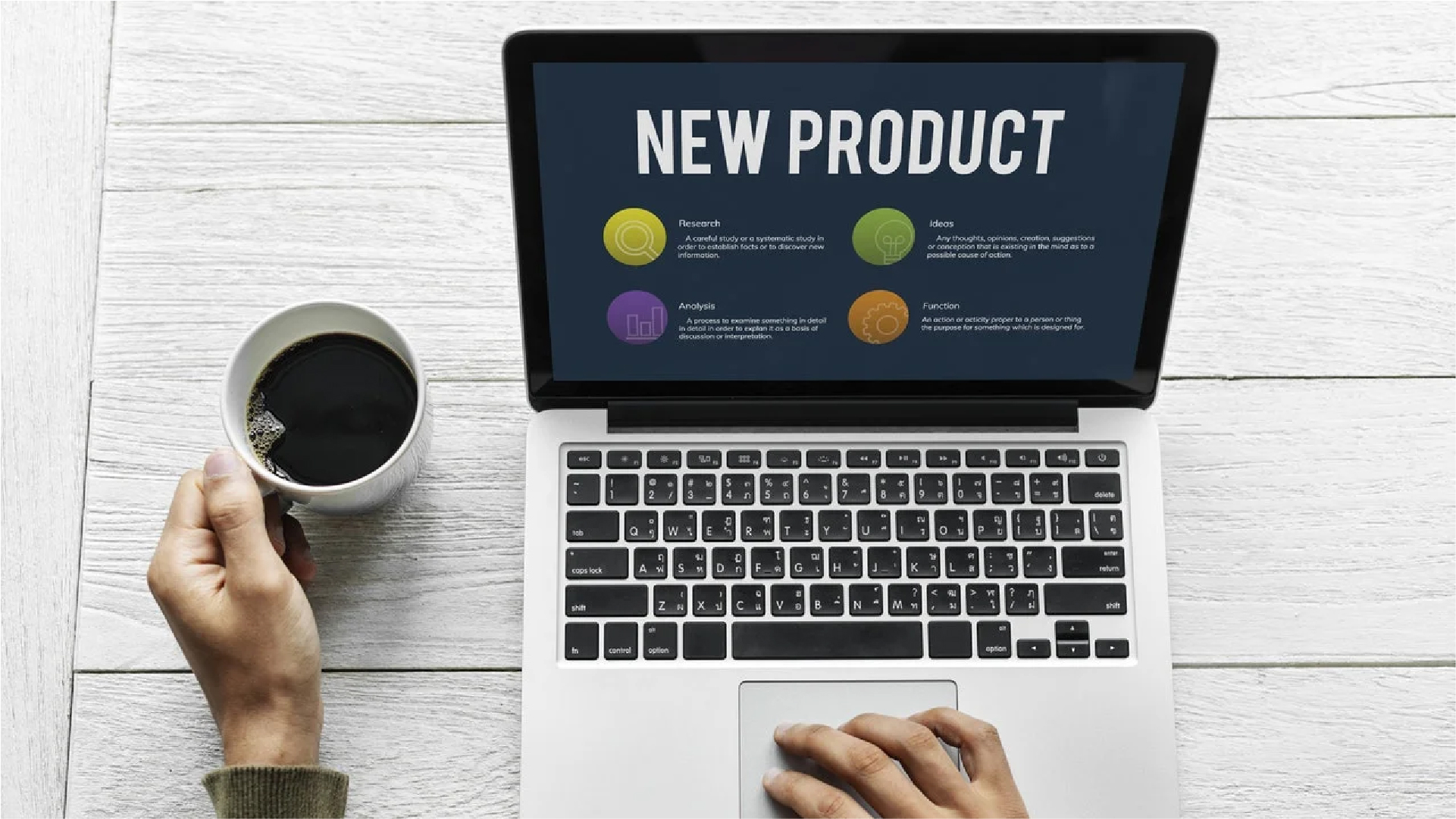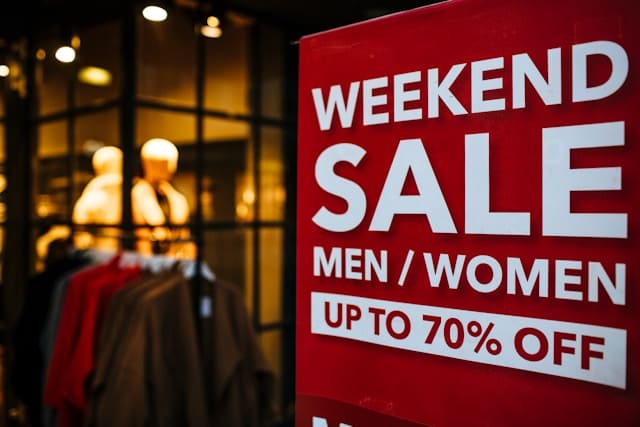How One Simple Shift Helped Me Save Money and Regain Control
👋 Introduction: The Impulse Buying Trap
We’ve all been there. You're scrolling late at night, and — boom — you see something shiny, trendy, or “limited-time only.” Before you know it, you’ve clicked add to cart and drained your wallet by $100+ on things you didn’t plan to buy. 😅
That used to be me — a full-blown impulse shopper, constantly lured by flash sales, targeted ads, and that dopamine rush of hitting "Buy Now." But while the thrill was real, so was the guilt, clutter, and financial stress.
Then I made a change. I swapped impulsiveness for intentional deal hunting — and it changed everything. 🧠💡
In this post, I’ll share:
-
📉 How impulse buying affects your finances & mental health
-
🔍 What deal hunting is (and how it’s different from bargain hoarding)
-
🛠️ Tools & strategies I use to find amazing discounts
-
💰 Real results — how I saved over $2,000 in one year
-
🌍 Why smart shopping is a sustainable habit worth adopting
Let’s dive into how I went from shopping on emotion to shopping with intention.
😨 The Downside of Impulse Buying
Impulse buying isn’t just about a lack of discipline — it’s a psychological trap. Retailers design online and in-store experiences to trigger fast decisions with:
-
🕒 Countdown timers
-
🔥 “Only 3 left” urgency tags
-
💬 Fake reviews & social proof
-
🎁 Bundled offers or free shipping thresholds
I used to fall for these all the time. I’d end up with:
-
👕 Clothes that didn’t fit or match anything
-
🧴 Skincare I never used
-
📱 Tech gadgets I didn’t need
-
📦 Unopened packages gathering dust
💔 Financially? I was losing hundreds each month. Emotionally? I felt regret, guilt, and clutter overload.
According to a 2024 Statista survey, 56% of online shoppers globally admitted to regretting impulse purchases — especially among Gen Z and Millennials.
💡 What Made Me Change?
One day, I totaled up my “unplanned purchases” from the past 90 days.
$836.47.
Gone.
That was rent money. That was a new laptop. That was peace of mind.
It hit me: I wasn’t just spending — I was self-sabotaging.
That’s when I decided to try something different: deal hunting.
🔍 What Is Deal Hunting?
Deal hunting isn’t just buying items on sale. It’s a strategic, mindful way of shopping that involves:
-
Setting a clear need/want list 📝
-
Waiting for the right time or platform to buy ⏳
-
Using tools to track discounts or apply cashback 💸
-
Comparing prices across stores 🏪
-
Avoiding unnecessary purchases even when prices are low 🚫
In other words, deal hunting is shopping with patience, purpose, and tools.
🛠️ My Favorite Deal Hunting Tools & Techniques
Switching from impulse buying to deal hunting wasn’t hard — it was empowering. Here are the tools and habits that made it possible:
✅ 1. Honey 🍯
Browser extension that automatically applies coupons and tracks price drops across 30,000+ stores.
✅ 2. Keepa / CamelCamelCamel 🐫
Perfect for Amazon — shows price history graphs so you know if it’s actually a deal or fake discount.
✅ 3. Cashback Apps 💰
I use:
-
Rakuten (USA, Canada)
-
CashKaro (India)
-
TopCashback (UK, US)
These give you cash back for purchases you were already planning to make.
✅ 4. Google Shopping & Price Comparison Tools 🔍
Compare prices across platforms like Walmart, eBay, Target, or Flipkart before checking out.
✅ 5. Wishlist + Wait Method ⏳
I add products to a wishlist and wait at least 48 hours before buying. Often, I get promo emails or realize I didn’t really need it.
💬 Real Example: A Smart TV for $300 Off
I wanted a 50” Smart TV. The retail price was $699. I:
-
Added it to my Keepa watchlist
-
Waited 6 weeks
-
Got an alert during an off-season sale
-
Used Honey for an additional coupon
-
Earned $15 cashback
Final price? $397.00.
That’s $302 in savings, simply by waiting and using the right tools. 📺✨
📈 How Much I’ve Saved in One Year
Here’s a breakdown of my year of intentional shopping:
| Category | Impulse Cost | Deal Hunter Cost | Saved |
|---|---|---|---|
| Fashion | $1,200 | $520 | $680 |
| Tech & Gadgets | $1,500 | $850 | $650 |
| Home Essentials | $800 | $430 | $370 |
| Subscriptions | $300 | $120 | $180 |
Total Savings: $1,880+
(And that doesn’t count cashback and loyalty rewards!)
🧠 Psychological Benefits of Deal Hunting
The change wasn’t just financial. It impacted my mental well-being too.
-
🧘 Less guilt, more confidence
-
🧠 Clearer decision-making
-
🏠 Less clutter at home
-
💪 Stronger self-control muscles
-
📊 Greater awareness of spending patterns
I no longer feel “buyer’s remorse.” Now I feel buyer’s pride.
🌍 Sustainability Bonus: Less Waste, More Value
Impulse buying contributes to fashion waste, carbon emissions, and overproduction. Deal hunting helps slow that down.
🧵 When you shop intentionally:
-
You buy less
-
You value your purchases more
-
You avoid wasteful returns
-
You support seasonal and clearance cycles better
You become a conscious consumer, not just a savvy one. 🌱
✨ Final Tips for Aspiring Deal Hunters
If you’re ready to break the impulse cycle, here’s what worked for me:
-
📝 Make a “wants vs. needs” list each month
-
📆 Schedule shopping around sale seasons (Black Friday, Year-End, Eid, Diwali, etc.)
-
🔔 Use price alert tools
-
🧾 Save screenshots of wishlist items with original prices
-
💬 Follow deal forums (like Reddit r/frugalmalefashion or r/IndiaDeals)
-
👥 Shop with a buddy — for accountability
🛍️ Final Thoughts: Spend Smarter, Live Better
Impulse buying gave me temporary joy and long-term stress. Deal hunting gave me the opposite — long-term satisfaction and financial peace.
And here’s the best part:
“You don’t have to be rich to save money — you just have to be intentional.”
I’m not perfect. I still slip up occasionally. But now, 90% of my purchases are planned, optimized, and joyful — not regretful.








Leave a Comment